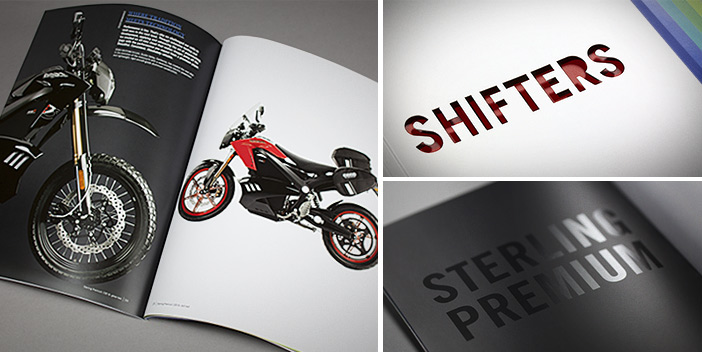Each print has as its starting point a creative process, when designers, writers, publishers, and artists take the first step to produce magazines, brochures, catalogs, flyers or newspapers. Once the text is written, the graphic designer handles the page layout, after which the material is ready for printing.
Offset printing or otherwise called classic printing, is meant for performing the vast majority of printing jobs in the printing industry. It remains the most powerful system of multiplication on paper and cardboard and also the most accurate in color reproduction. Starting from a run of 100-150 sheets and up, it is also the most economical way to print. But there are a few things within its history that turn it into the classic printing among other printing techniques.
In order to find out the “what” and the “when” let us take a look back in time and discover those things.
First of all, offset printing is called that way, because the ink is not put directly on paper, it is distributed on a metal plate, then on a rubber pad and finally on paper. In fact, its origins take us back to lithography, a method created to reproduce artwork less expensively. Anyway this particular process had its limitations though,(used only on flat, porous surfaces) because the printing plates were made out of limestone.
The word itself ,“litoghraph” means historically “image from stone” or “print from stone”. We owe the discovering of lithography to Alois Snefelder, who lived in the period 1771-1834. In 1798 he wrote his name on a flat surface rock using a greasy paste pencil. Then he moisten the entire surface of the stone with water. Then he applied an ink paste to the surface tiles. Afterwards paper was pressed over this so treated form, and obtained a clear image and thus, lithography was born.
In terms of machinery the development of the offset press came in two versions: that of Robert Barclay in England for tin printing, in 1875 (he created the first rotary offset lithographic printing press) and that of Ira Washington Rubel from the United States for printing on paper in 1904. The first development combined transfer printing technologies common to the middle of the 19th century with Richard March Hoe’s 1843 rotary printing press, which used a metal cylinder instead of a flat stone. A specially treated cardboard covered the offset cylinder which enabled the transfer of the image from the stone to the surface of the metal. Later, the cardboard covering was changed to rubber, being the most commonly used material,even today..
Towards the end of the 19th century when photography became popular and along with it photoengraving, a process using halftone technology instead of illustration, lithography was losing ground to these other arts.Then, printers,like Ira Washington Rubel, were using a low-cost lithograph process in order to make copies of photos and books. But it was a rather funny thing that brought lithography back in bussiness, when Rubel forgot to load a sheet in 1901 during a printing. That was the moment he found out that the rubber mat produced a much more clear and sharper image than the metal.
Once this process was refined the Potter Press printing Company in New York produced a press in 1903. Later in 1907 the Rubel offset press was used in San Francisco, and from now on the offset printing press flourished again. A similar press was created around the same time by The Harris Automatic Press Company (Charles and Albert Harris modeled their press “on a rotary letter press machine”).
Nowadays, offset lithography is one of the most popular in creating printed materials because compared to other techniques it is the best for producing large volumes of prints higher in quality, requiring little maintenance of the machines. Modern offset presses use instead of the older computer to film, computer to plate systems, which further enhances the quality.
Nonetheless, having some history behind and updating constantly according to the demands of the market and though having a very strong, more modern competitor, in digital printing, the fact that it is still preferred and widely used in printing, results in a well-deserved name: the classic printing.








